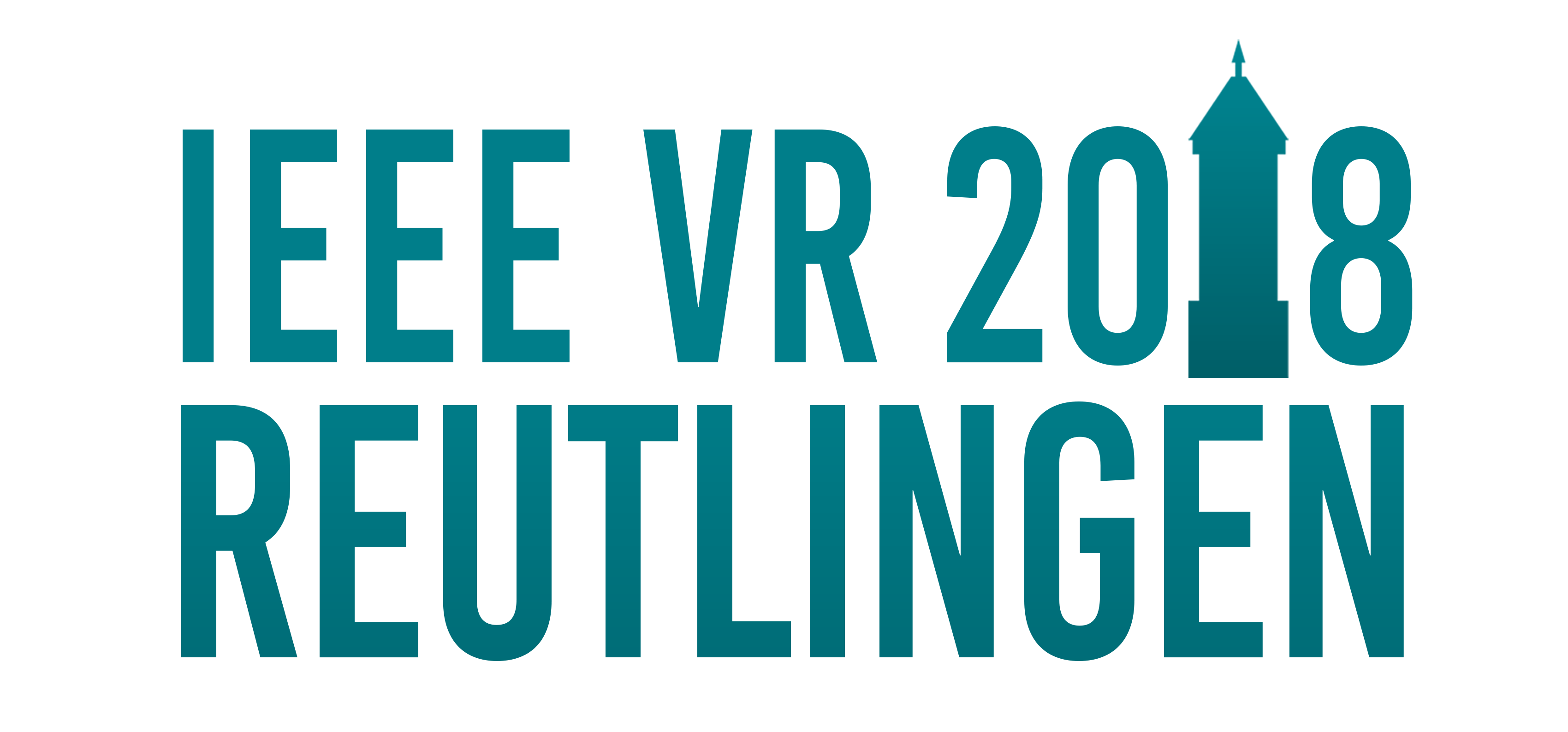
March 18th - 22nd

March 18th - 22nd
In Cooperation with
the German Association for Electrical, Electronic and Information Technologies: VDE


![]()
In Cooperation with
the German Association for Electrical, Electronic and Information Technologies: VDE


Exhibitors and Supporters
Diamond
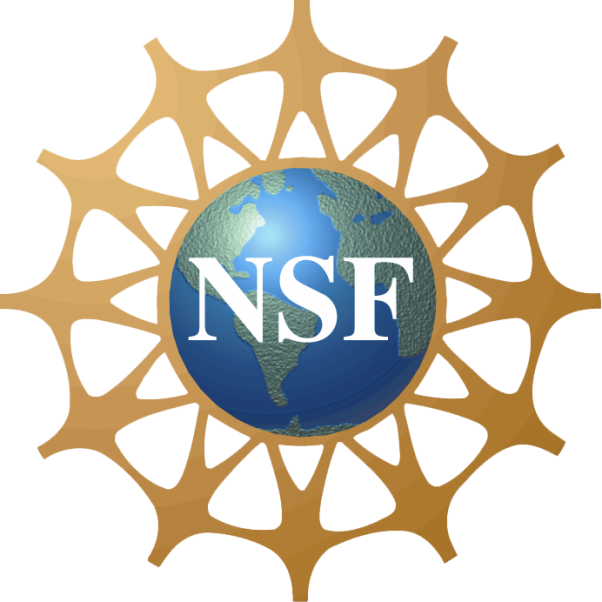
National Science Foundation
Gold
VICON

Digital Projection
Gold Awards

NVIDIA
Silver

ART
Bronze
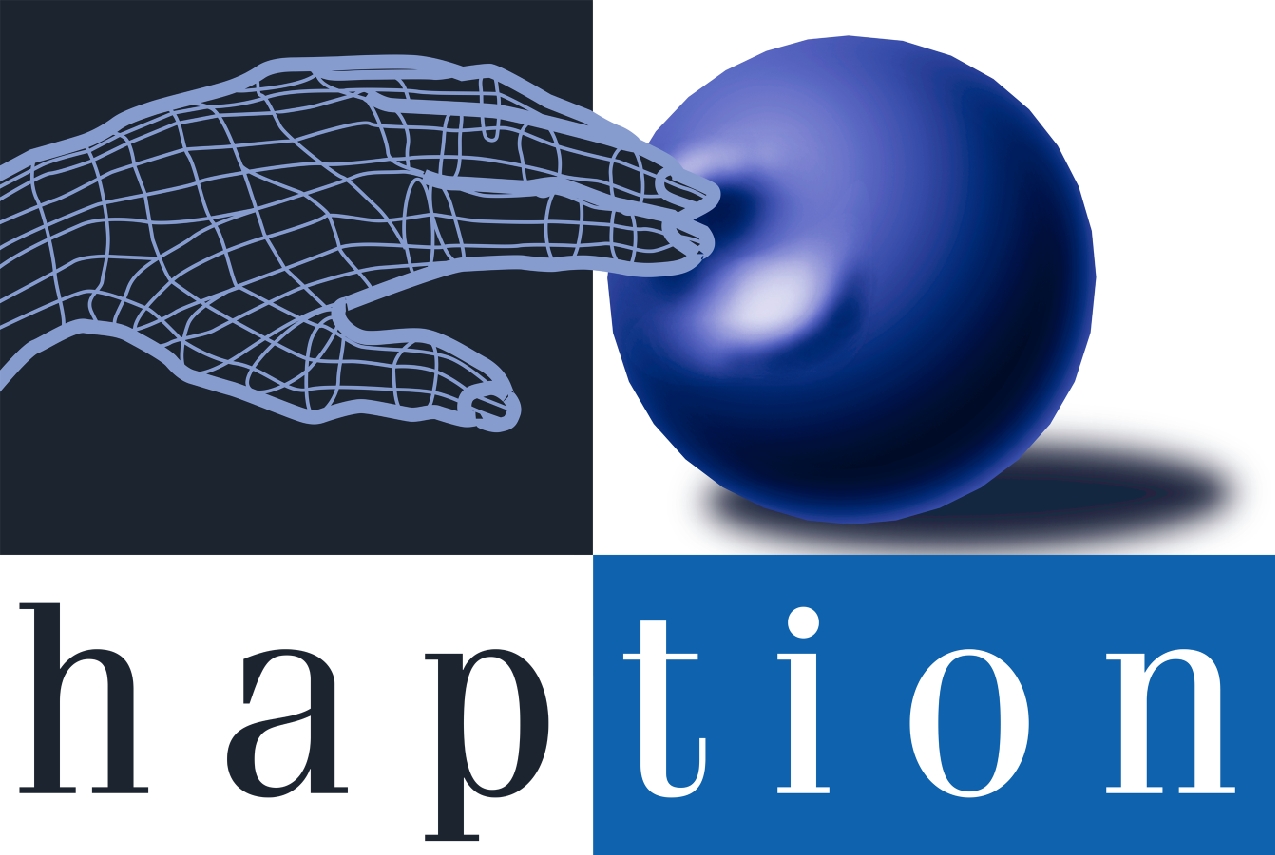
Haption
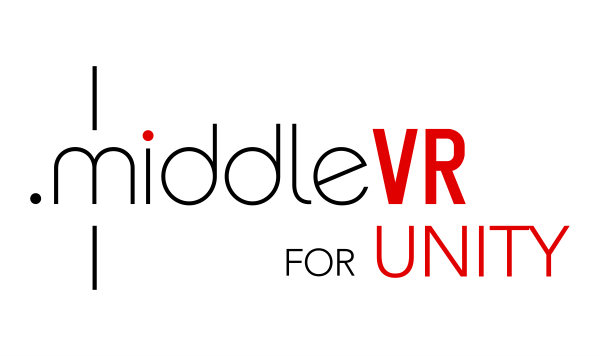
MiddleVR
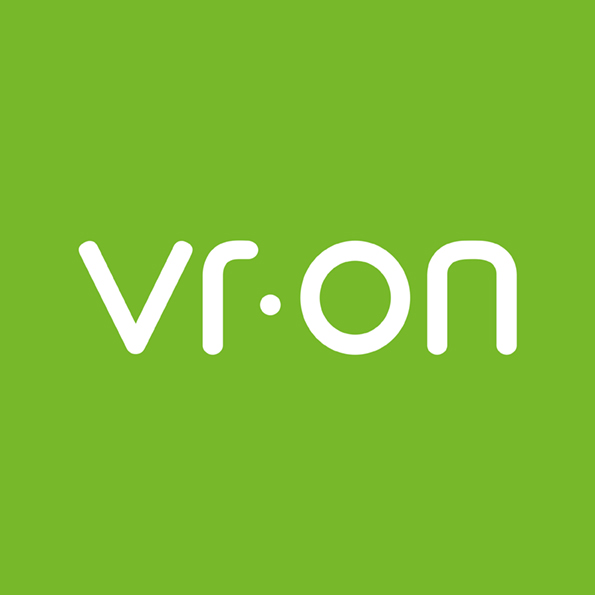
VR-ON

VISCON
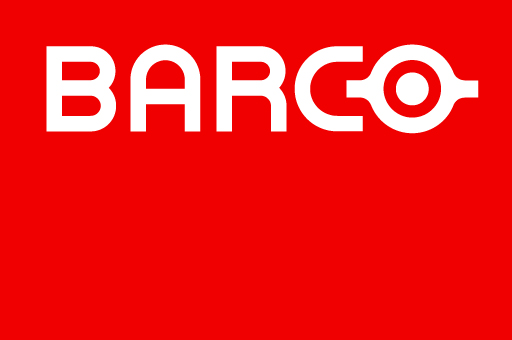
BARCO

Ultrahaptics

WorldViz

Disney Research

Microsoft
Non-Profit

Computer Network Information Center
Sponsor for Research Demo

KUKA
Other Sponsors
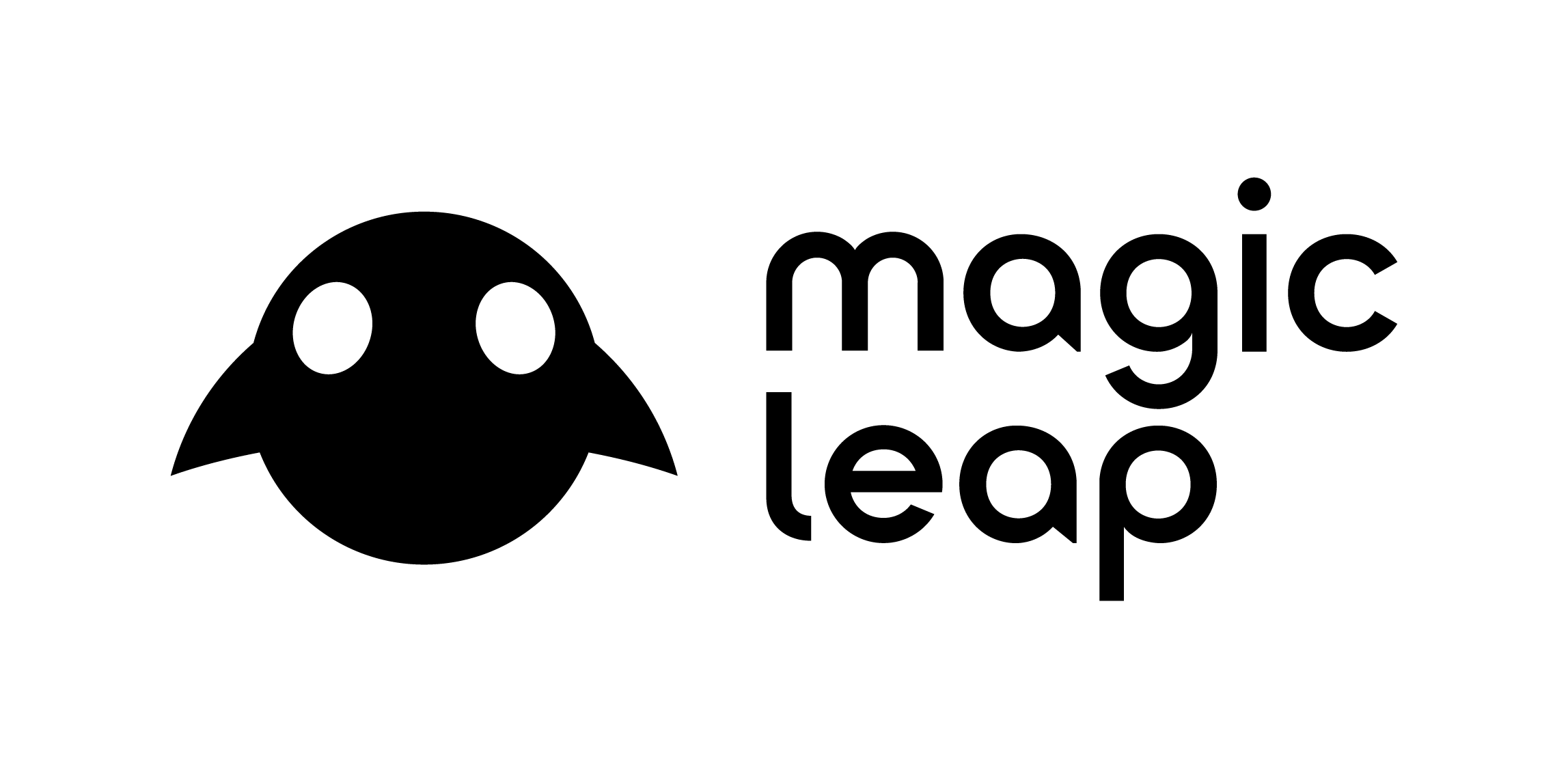
Magic Leap
Exhibitors and Supporters
Presentation Guidelines
Talk Timing
The total time for each VR 2018 paper presentation is 18 minutes including time to switch speakers, give the talk, and answer questions. You should plan for the talk itself to be approximately 15 minutes leaving a few minutes for questions and speaker switching. Running overtime would negatively affect speakers after you in the same session, so the session chair will interrupt you when the time for your talk is over. Hence, be sure to practice your talk extensively to guarantee that your material fits comfortably into the time allotted.
In order to ensure smooth transitions between talks, please meet with your session chair and test your presentation during a lunch or coffee break prior to your paper session.
Presentation Technology
All session rooms include a screen, high-resolution video/data projector, standing podium, podium microphone, and power cable. You have to use your own laptop for storing and projecting the slides for your talk. If you cannot use your own computer, please get in contact with us (either the session chair or persons at the registration desk) as soon as possible.
The projectors support a native resolution of 1920x1200. HDMI and VGA connections will be provided at the podium. A limited number of adapters for other formats may be available, but we recommend bringing your own adapter if your device requires a different connection.
Slide Preparation
In order to take advantage of the widescreen projectors, you will need to create your slides using a widescreen aspect ratio. Please note that this is not mandatory, but if you choose to use a traditional 4:3 aspect ratio, then your slides will appear “pillar boxed.”
For your convenience we have prepared an optional presentation template.
Videos and Online Content
As with any conference, access to the internet may be limited in capacity and bandwidth. Webpages, streaming videos, and other online content may not function properly during your presentation. We strongly recommend saving all online content locally so that your talk can run smoothly even if the internet connectivity is unreliable.
Poster Presentation Guidelines
During the fast-forward session, each poster will have 1 minute (maximum) to present the main idea of their poster. All posters must send the poster session co-chairs 1 (one) slide for this session, using this template. Please send the slide via PCS (you should have received an email).
The poster itself must be in A0 portrait format (or smaller). Posters will be on display during the whole conference. There will be two poster sessions, where poster authors must be present.
You might want to review some of the following guidelines for designing your poster: Please make your contact information clear on your poster, since attendees will be seeing your posters from Tuesday to Thursday afternoon. In addition, please put the ID clearly on your poster. As a reminder, here are some suggestions for creating effective posters:
- Prepare a title banner indicating title, author(s) and affiliation(s). Lettering should be at least one inch high.
- Minimize narrative on the poster (you are the main narrator)
- For figures, use dark colors on white or light backgrounds. Figures should be designed to be viewed from a distance (about three feet, or 1 meter)
- Use large type in short separated paragraphs.
- Do not set entire paragraphs in boldface or capital letters.
- Numbered or bulleted lists are a concise but effective way to convey a series of points.
- It is not necessary to post a copy of your abstract. For those of you who are designing their first poster, you might want to look at some tips: https://courses.physics.illinois.edu/phys596/fa2013/Lectures/ScientificPosterTips_FA12.pdf http://hsp.berkeley.edu/sites/default/files/ScientificPosters.pdf